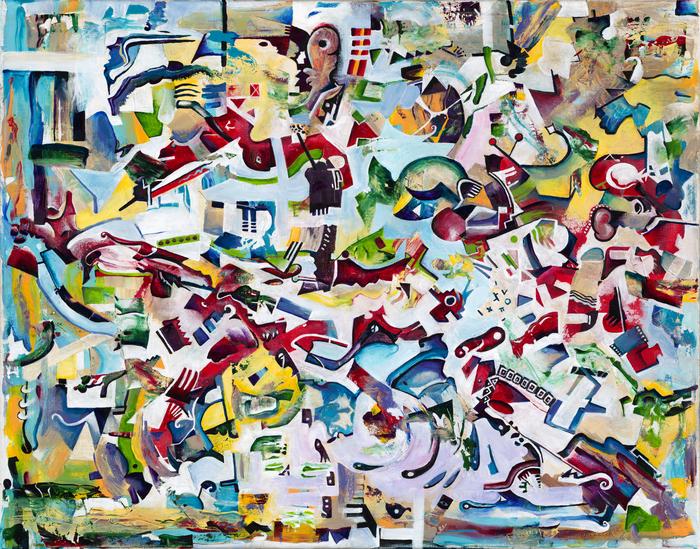The city you live in could be making you, your family, and your friends more unconsciously racist. Or, your city might make you less racist. It depends on how populous, diverse, and segregated your city is, according to a new study that brings together the math of cities with the psychology of how individuals develop unconscious racial biases.
The study, published in the latest issue of Nature Communications, presents data and a mathematical model of exposure and adaptation in social networks that can help explain why there is more unconscious, or implicit, racial bias in some cities than others. The authors hope that local communities and governments can use the findings to help create more just and equitable cities.
“What I think is most interesting is the implication that there’s a piece of systemic racism that has to do with how people learn and the way cities are organized,” says psychologist Andrew Stier, an SFI Complexity Postdoctoral Fellow and lead author of the study.
Cities create dense networks of social interaction between people. Because of the interactions with many different people, we need to be constantly adapting to new situations and learning, explains SFI External Professor Luís Bettencourt(University of Chicago), a co-leader of SFI’s Cities, Scaling and Sustainability project and co-author of the study.
To see how racial biases emerge from how U.S. cities are organized, Stier turned to the enormous database of the Implicit Association Test (IAT). In the popular online test, volunteer participants are given a pairing of White or Black faces with positive or negative words and asked to categorize a single face or word. If they are faster to categorize things when White/good are paired they have a White-good bias and if they are faster to categorize things when Black/good are paired they have a Black-good bias.
“People may feel they are not prejudiced, but can unconsciously have a preference for one group or another, and this is revealed by these tests,” Stier says.
The researchers took the average IAT bias scores from approximately 2.7 million individuals in different geographic areas and linked them to racial demographics and population data from the U.S. Census to build a model that accounts for how individuals learn biases through their social networks. They found that when these networks are larger, more diverse, and less segregated in cities, implicit racial biases decrease.
The results suggest that there are structural reasons why cities help or deter people from becoming less racially biased. Perhaps the most pronounced reason is the segregation of different racial groups into different neighborhoods. Related to that is the lack of more cosmopolitan public spaces where a diverse range of people can experience positive interactions with one another.
In cities where people can’t encounter and interact with people and institutions used by other groups, racial biases create major barriers to equity. These barriers are associated with disparities across essentially all aspects of life including medical care, education, employment, policing, mental health outcomes, and physical health, the authors explain.


